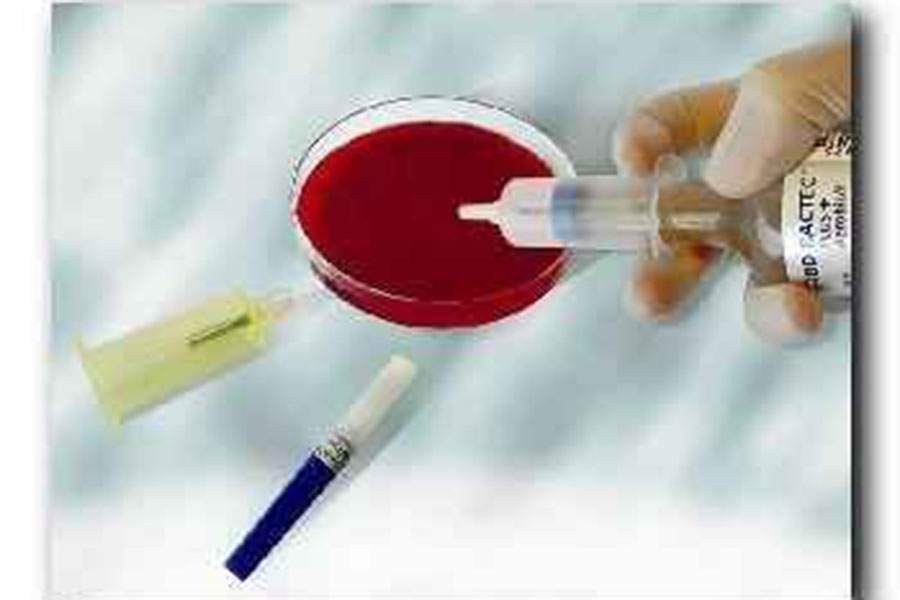Central Line Associated Blood Stream Infections (CLABSI) is the civil topic of the month. We will cover Diagnosis, Prevention (both the role of the healthcare provider and the role of the patient) and Treatment. Come back every Monday for more on the current topic or sign up for our newsletter to read it all at once!
[sep]
A “central line” or “central venous catheter” is a vascular access device commonly used in the intensive care unit to give medication and/or fluids, or to collect blood for medical tests. Infection is a major complication associated with the use of central lines, and are a major cause of hospital morbidity and mortality.
A CLABSI is diagnosed after other possible sources of infection are ruled out. The standard test for diagnosis is blood cultures. Two sets of cultures should be drawn: one set from the central line and one set from a peripheral line. The catheter tip should also be cultured. The “CDC surveillance definition” of a blood stream infection that is lab-confirmed requires a positive blood culture in a person in which the organism cannot be related to an infection at another site. A CLABSI can be diagnosed if a central line is in place at the time of the infection or have been in place within the previous 48 hours.











